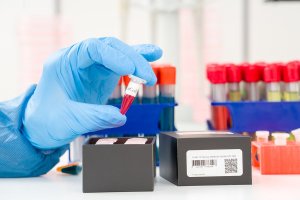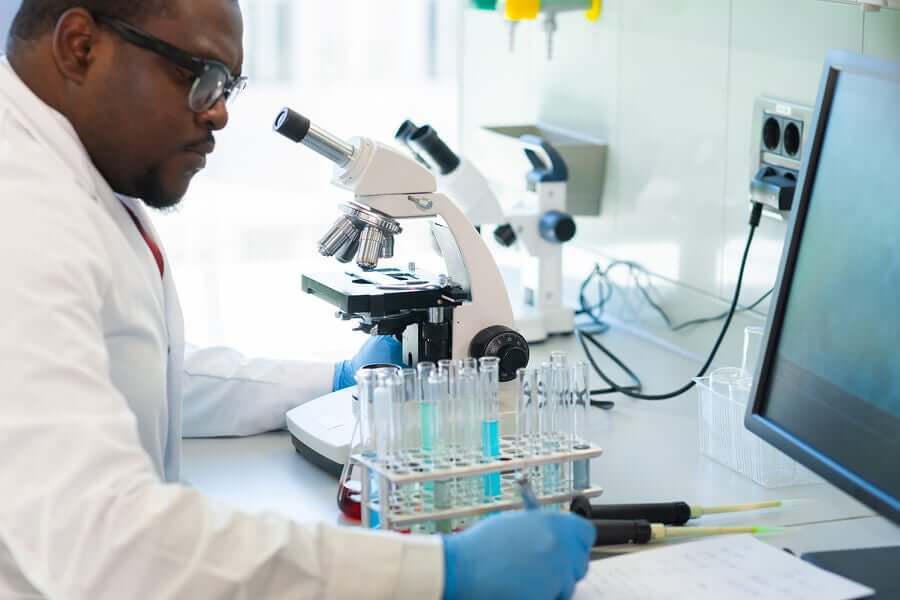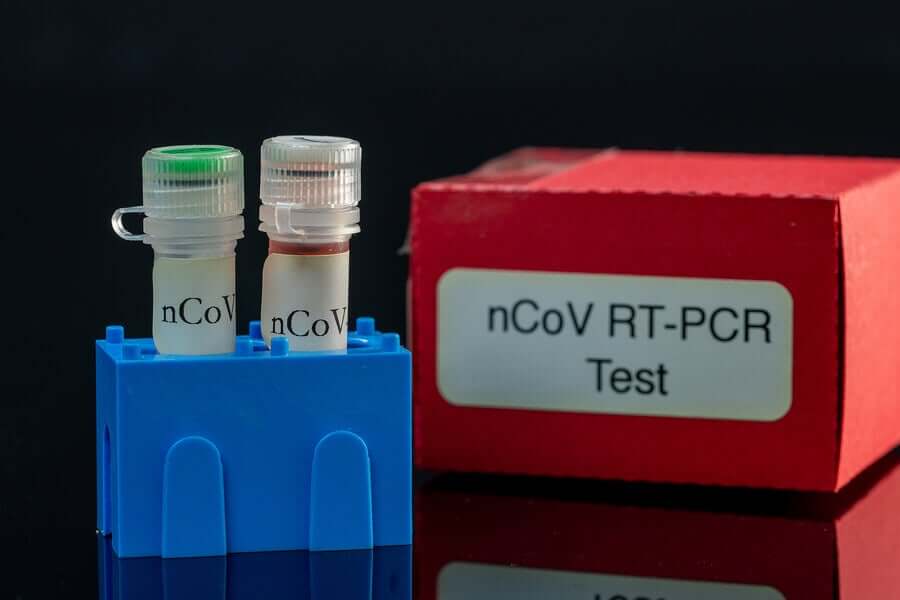Coronavirus Detection: What's a PCR Test?


Written and verified by the biologist Samuel Antonio Sánchez Amador
In recent days, detection kits for COVID-19 have been on the lips of every media outlet. In Spain, there was a recent controversy after the government purchased more than 50,000 tests which proved to be unreliable. This has also happened in other countries and the financial loss was considerable. Because of this, it has become vital to reflect on the correct way to detect infected patients. So, what is a PCR test?
Many of us will have heard that “PCR is the most complete and reliable method.” Its high success rate and minimal false positives have led the World Health Organization (WHO) itself to recommend it as a primary detection method.
Several articles have covered different methods to detect this virus. However, today we wanted to take the opportunity to show you in detail what a PCR test is and how it works. Keep reading and find out more about it!
Sequencing the enemy
The coronavirus (COVID-19) is a viral agent that contains a single strand of RNA. It, in turn, is classified as single-stranded RNA positive. DNA and RNA are the most reliable “fingerprints” an organism can show.
The order of the nucleotides that form it gives away the identity of the individual, and there are many common regions for species and organisms. Because it consists of a single strand of information, the presence of coronavirus RNA in the organism is unequivocal. If it’s present in the patient’s sample, then he or she is infected.
Therefore, it has been of vital importance to sequence the genome of this virus since its discovery. Fortunately, the first sample was genotyped on the 11th of January and, in fact, you can see it for yourself on the National Center for Biotechnology Information website.
That amalgam of letters that you can see corresponds to the order of the nucleotides of the RNA chain of the virus. Each nucleotide contains a nitrogenous base that corresponds to the letter represented:
- Adenine (a)
- Guanine (g)
- Cytosine (c)
- In the case of RNA, uracil (u)
- In the case of DNA, thymine (t)
So given what we said earlier about RNA, you may be surprised not to see a single (u) in the genome of the coronavirus. However, there’s a reason for this and we’ll explain in more detail later in this article.

You may be interested: Coronavirus Isn’t Airborne, Says WHO
A PCR test detects the intruder
Once scientists sequence the virus, the effectiveness of the PCR test comes into play. This technique, which dates back to the 1980s and stands for Polymerase Chain Reaction test, aims to amplify the DNA in a sample.
Yes, this is where the virus’ first piece of cunning lies: the coronavirus has no DNA – it has RNA. So, we need an even more sophisticated technique: RT-PCR, which transforms the virus’ RNA into DNA.
To carry out this reaction, an enzyme called reverse transcriptase is essential. The process is as follows:
- From the patient’s sample, the reverse transcriptase enzyme can “identify” the virus RNA.
- With nucleotides provided in the reaction mixture, the enzyme transcriptase will be able to generate a strand of DNA complementary to the RNA of the virus. We can see this enzyme as a worker. With the map of the virus’s RNA and the available nucleotides, it then generates a new strand, in this case, of DNA.
- This is where the enzyme polymerase comes into play and normal PCR occurs. In short, the enzyme polymerase is another worker. This, together with the available nucleotides, can generate thousands of copies of the transformed DNA strand.
- Scientists can subject this amplified DNA to different techniques to find out if it corresponds to the genotype of the coronavirus or not.

Discover: Coronavirus in Children
Revealing the identity
Once the DNA has been amplified, there are multiple techniques for assigning it to a virus or organism. One of the simplest is agarose gel electrophoresis. We’ll use this as a more simple example, but there are sophisticated sequencers that do this work.
The DNA fragments have a negative electrical charge. Thanks to this, and by applying an electric current in a box with agarose gel, the different fragments will move along the gel while they’re attracted by the positive pole. We can see this as a race: the lighter DNA fragments arrive first, and the larger ones only reach halfway.
This is the key to detection: bands are formed at different distances in the gel. To give a hypothetical example, if a mother and child had several identical DNA fragments, then the agarose gels of the two should show the same pattern, thus confirming their genetic relationship.
It’s clear that coronavirus detection methods are more sophisticated than the example shown, but we hope that this explanation will make it a bit easier to understand how a PCR test works and its essential role in detecting disease.
All cited sources were thoroughly reviewed by our team to ensure their quality, reliability, currency, and validity. The bibliography of this article was considered reliable and of academic or scientific accuracy.
- Instituto de Salud Carlos III. (24/03/2020). Pruebas de diagnóstico del coronavirus: ¿qué es la PCR?, ¿qué son los test rápidos? ¿en qué se diferencian?. Recuperado el 3 de abril de 2020 de https://www.isciii.es/InformacionCiudadanos/DivulgacionCulturaCientifica/DivulgacionISCIII/Paginas/Divulgacion/COVID19_PCR_test.aspx
- SARS-CoV-2. (s.f.). En Wikipedia. Recuperado el 3 de abril de 2020 de https://es.wikipedia.org/wiki/SARS-CoV-2
- RT-PCR. (s.f.). En Wikipedia. Recuperado el 3 de abril de 2020 de https://es.wikipedia.org/wiki/RT-PCR
- Biesecke, L. (2020). Reacción en cadena de la polimerasa (PCR). Instituto Nacional de Investigación del Genoma Humano. Recuperado el 3 de abril de 2020 de https://www.genome.gov/es/genetics-glossary/Reaccion-en-cadena-de-la-polimerasa
This text is provided for informational purposes only and does not replace consultation with a professional. If in doubt, consult your specialist.








